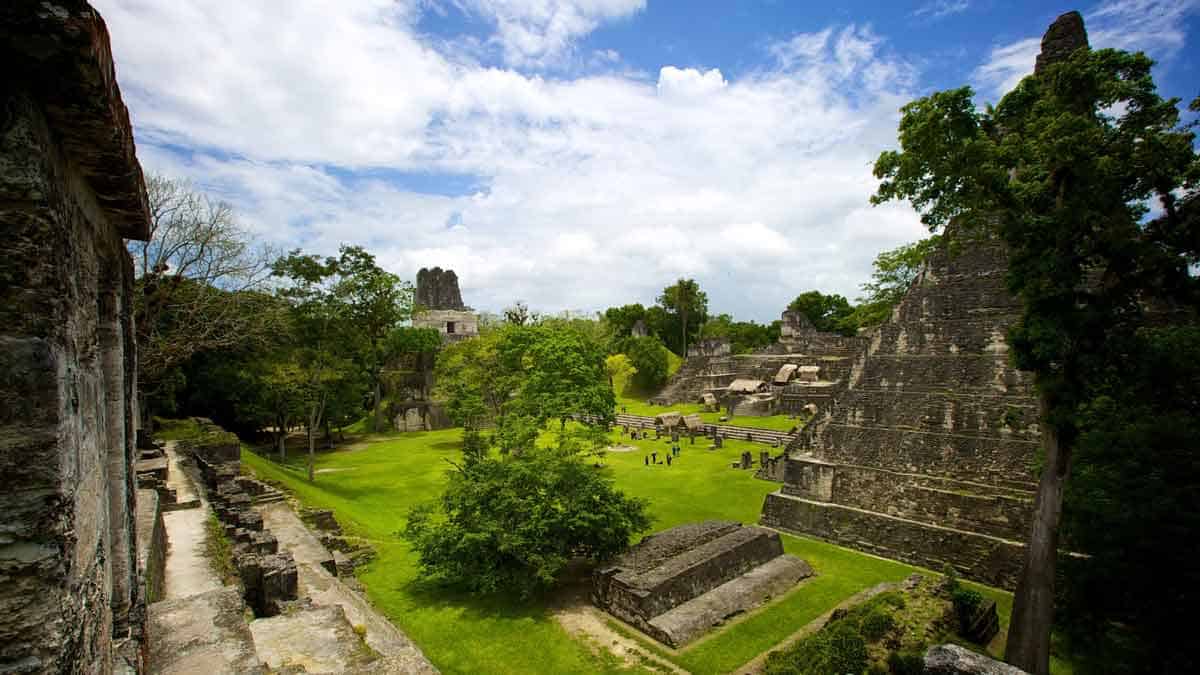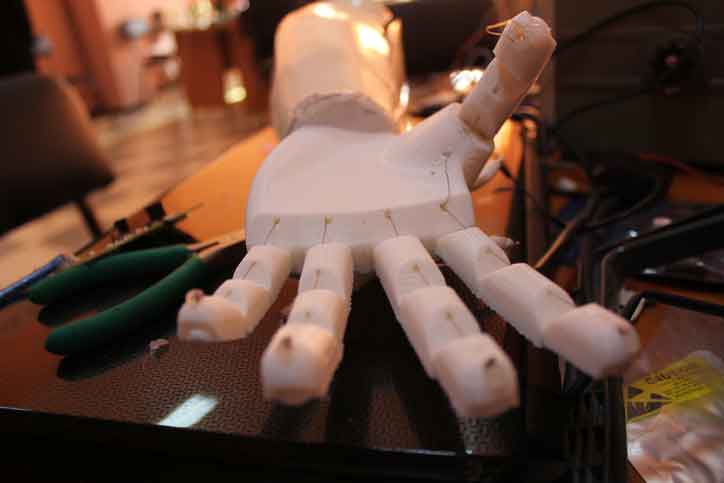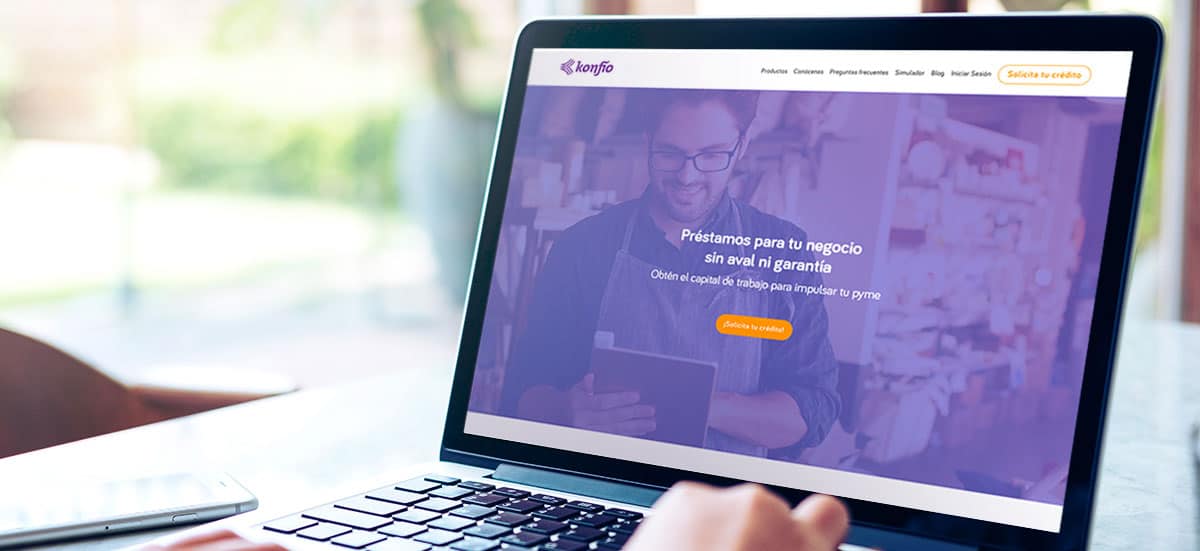Contxto – Indigenous languages across the world are in danger. Especially in the Western Hemisphere, hundreds of pre-Colombian tongues currently face extinction. Causes range from urban migration to the destruction of ancestral lands, such as what’s currently unfolding in the Amazon.
Around 42 million people speak approximately 560 indigenous dialects in Latin America alone. A quarter of these could vanish if groups don’t take preventative action soon, according to the World Bank.
This is where the first annual Latin American Indigenous Language Internet Festival (FLLii) will play its role. Based in Guatemala, the multi-city public event intends to raise awareness as well as knowledge about conserving indigenous languages. All through the power of the World Wide Web.
“We want to create a space for collaboration between the indigenous and technical communities,” said Sara Fratti from the Avina Foundation, one of the organizers.
“The idea is to work with techies by giving them more incentives to work with indigenous people, to help them develop capabilities and technical skills.”
Background
This year, the United Nations General Assembly designated 2019 to be the year of Indigenous Languages. With this, the FLLii seeks to demonstrate the true potential of the internet as a tool for revitalization, preservation, as well as development.
In Guatemala, this is especially relevant since there are 23 indigenous languages, all of which have reached a critical point. Many face extinction.
“Most of them are endangered,” said Fratti. “New generations aren’t speaking those languages because they aren’t seeing the opportunity, relevance or importance of having to speak or creating digital content in their own languages.”
Programming
The primary event will take place at the Cultural Center of Spain in Guatemala City from October 25 to 27. Various national and international groups will attend to advocate for the protection of indigenous languages.
Core segments of FLLii will delve into various case studies. These include human rights on the internet, digital culture, citizenship, online content creation in indigenous languages, as well as strategic communication impact.
Before the official event, there was supplemental programming that began on August 23 at the Hotel Las Terrazas in Coban.
Following this is another event at Centro Cultural Caso Nojo in Quetzaltenango on September 27. From there, the Gathering of Latin American Digital Language Activists will take place in Antigua from October 22 to 24 at the Training Center for Spanish Cooperation.
Partners include DW Akademie, Kaqchiek Wikiwug, Rising Voices, UNESCO, the Guatemalan Federation of Radio Schools (FGER), in addition to many others. Registration will begin next week, according to the event coordinators.
Even social enterprises and potentially startups involved in language software can benefit from attending these functions.
Impact
In the long-run, the vision is to motivate young people to embrace their indigenous language through internet technology. This way, they can create customized digital content.
Not only does it encourage indigenous youth to express themselves in their native language but ultimately provides a forum for cultural conservation.
For many language conservationists, it yields the potential to serve as a meeting place, fostering dialogue, exchange and collaboration in the process.
At the same time, though, young people don’t know these customs. Pair this with older generations being unaware of the benefits of technology and you have yourself a predicament. This is another thing that FLLii hopes to change.
“There’s a gap between old and new generations,” said Fratti. “The older ones aren’t used to technology and aren’t aware of the importance of it, so we want to build a bridge between them to see and to work with technology in their own native language.”
Developer issues
Another large component of the FLLii is software localization in indigenous languages. Since English dominates the sector, this entails developing locally-relevant systems that indigenous people can learn and utilize. This involves operating software, apps and digital content based on the native vernacular.
“Traditional developers don’t understand that some indigenous languages have different kinds of letters, words or signs that can’t be translated with software,” said Fratti.
Based on this, one of the ideas of the festival is to invite developers from software companies like Facebook, Google and Microsoft. This way, they can see and understand the challenges that indigenous people face where it comes to using mainstream software.
At the moment, there are a handful of pre-existing platforms preserving indigenous cultures. Some of these include:
Traductor de Idiomas Mayas
Roberto Ben Soch created this free platform to promote Mayan languages in his native Guatemala. Currently anticipating a major update, so far it has attracted over 1 million users with an average of 6,000 a day, according to the website.
Kichwa.net
This platform offers lessons to those wanting to learn Kichwa, a prominent Andean language that approximately 1 million people speak in Colombia, Ecuador, in addition to Peru. It covers everything from the unique alphabet, vocabulary, as well as grammar.
Kimeltuwe
Mapudungun is the language of the indigenous Mapuche from Chile. Besides providing standard language lessons, users also have informative videos to showcase the regional nuances of the ancient language.
Proyecto NDATIAKU
“Revitalize the use of Mixteco in social networks” is this project’s mission. With Mesoamerican origins, this language is common in Oaxaca and Puebla in Mexico.
ZONACUARIOTV
Communication with social responsibility is how this YouTube channel presents itself. Kid-friendly animated videos delve into a variety of topics, depicting indigenous characters and their cultural customs.
Wayuunaiki for the World
With close to 2,000 subscribers, this fellow YouTube channel tries to conserve the Wayuunaiki language of the Wayuu people from northern Venezuela.
-JA






